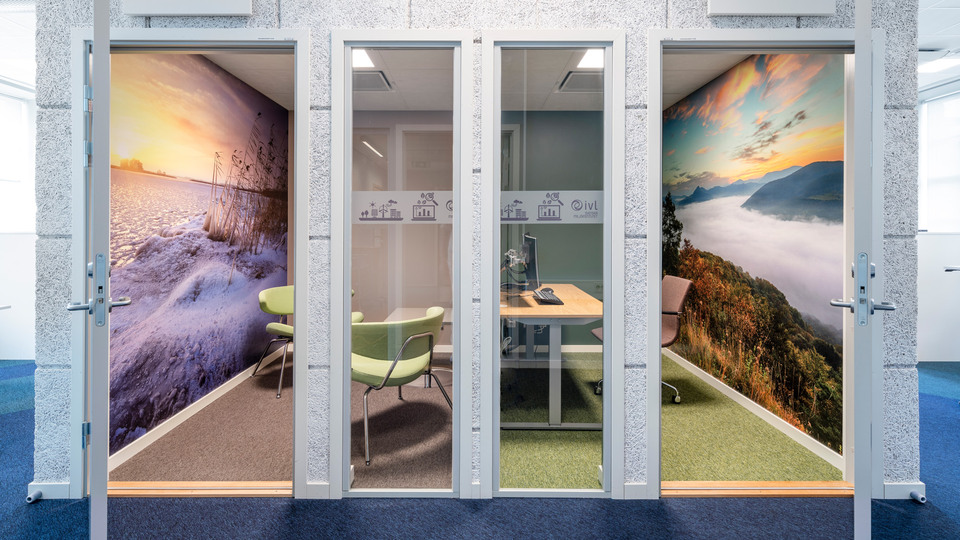
New platform for climate-adapted and circular procurement
Setting clear environmental requirements in procurement is a key to achieving reduced climate impact from products and services. To support the transition to a circular economy, IVL, together with the innovation program RE:Source and the Recycling Industries, is now launching a website for public procurement in a life cycle perspective.
Procurement has been identified as a key tool in society's transition to a circular economy. The national procurement strategy also emphasizes that a life cycle perspective must be taken into account in public procurement, as a lack of a holistic perspective can otherwise lead to incorrect investments and a lack of climate effect. But more knowledge and practical guidance is needed in the area.
– Circular procurement is a relatively new phenomenon that is not covered by current procurement regulations, so there is a great demand for guidance and examples of how it should be applied in practice. Circular procurement also needs to be developed to take into account the life cycle perspective, says Sven-Olof Ryding at IVL Swedish Environmental Research Institute.
The new website provides knowledge, tips and advice to procurers and suppliers who work with, or want to start working with, climate-adapted and circular procurement. It also provides information on new laws and regulations for procurement, what is going on at the political level and within the research world. Common is the life cycle perspective, to consider a product's entire life cycle, from manufacturing to final waste management. The website explains concepts such as life cycle analysis (LCA), environmental product declarations (EPD) and product category rules (PCR) and how these can be used to make comparisons between different products' climate performance in procurement contexts.
Open database with procurement criteria
Circular procurement is relatively complicated because products are often composed of several materials where each component must be considered separately. This leads to a large number of possible criteria. The website has therefore produced an open, searchable database called Kriterieklivet which contains procurement criteria for different product groups and which can be used in the practical procurement work.
– In order to have a clear order of circular criteria, Kriterieklivet has identified around 20 different types of action-specific procurement requirements and sorted them into a life cycle perspective - from suppliers' business models to reporting from waste management, says Sven-Olof Ryding.
This has resulted in about 70 searchable action-specific criteria for many of the product groups that the Procurement Authority has in its criteria library.
– A division of action-specific circular criteria into a life cycle perspective makes it easier for procurers and suppliers to identify the respective roles and responsibilities of each party in an ongoing procurement. Procuring in a circular manner means that customers and suppliers must be helped and collaborate in a new way to ensure functional and efficient material flows, says Elvira Molin at IVL Swedish Environmental Institute.
The criteria step also makes it possible to search for PCR calculation rules for different product groups via the international EPD system. This database contains about 130 different product-specific climate criteria - most in the construction sector specially adapted to meet the requirements of public procurement.
Read more at: www.upphandling.ivl.se  Opens in new window.(in Swedish)
Opens in new window.(in Swedish)
Read more about the international EPD system. External link, opens in new window.
External link, opens in new window.
For more information, please contact:
Sven-Olof Ryding, sven-olof.ryding@ivl.se, +46 (0)70-568 81 11
Elvira Molin, elvira.molin@ivl.se, +46 (0)10-788 67 39
